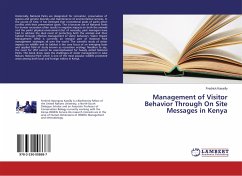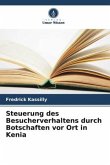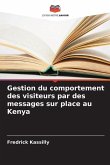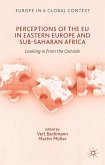Historically, National Parks are designated for recreation, preservation of species and genetic diversity and maintenance of environmental services. In the course of time, it has emerged that recreational goals of parks often conflict with their preservation goals. This is because use of National Parks for human recreation often results in negative impacts on both the animals and the parks' physical environment.Out of necessity, park managers have had to address the dual need of protecting both the animals and their habitat through effective management of visitor behaviors. Visitor Impact Management (VIM) is currently an integral part of National Park management strategies all over the world. The scientific study of visitor impacts on wildlife and its habitat is the core focus of an emerging basic and applied field of study known as recreation ecology. Needless to say, the need for VIM cannot be overemphasized for heavily visited National Parks. This book show cases the challenges of visitor management in Lake Nakuru National Park which is one of the most popular wildlife protected areas among both local and foreign visitors in Kenya.








